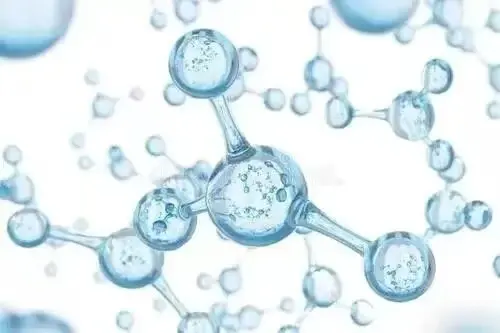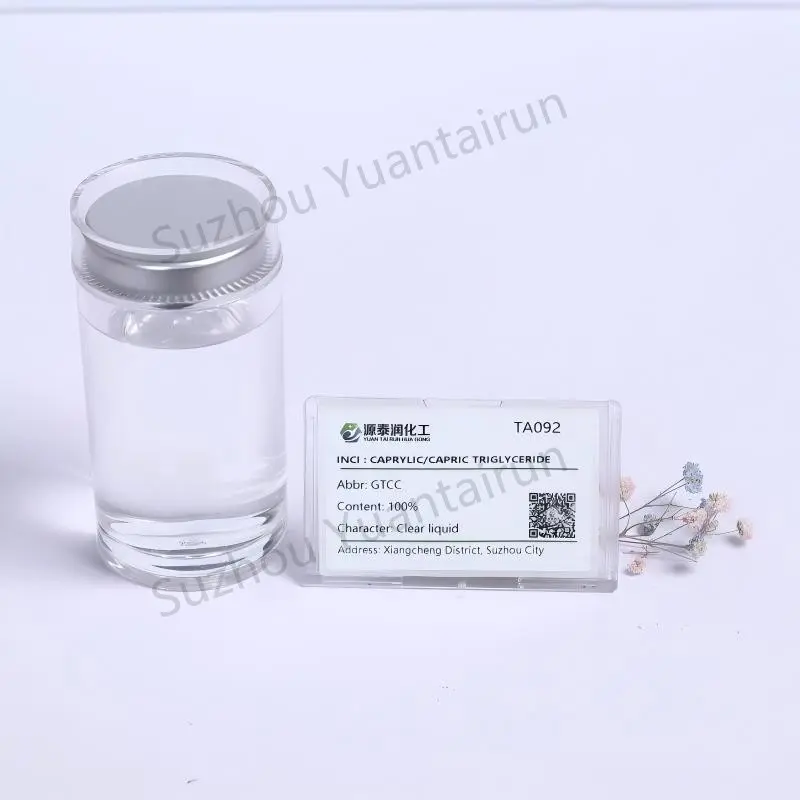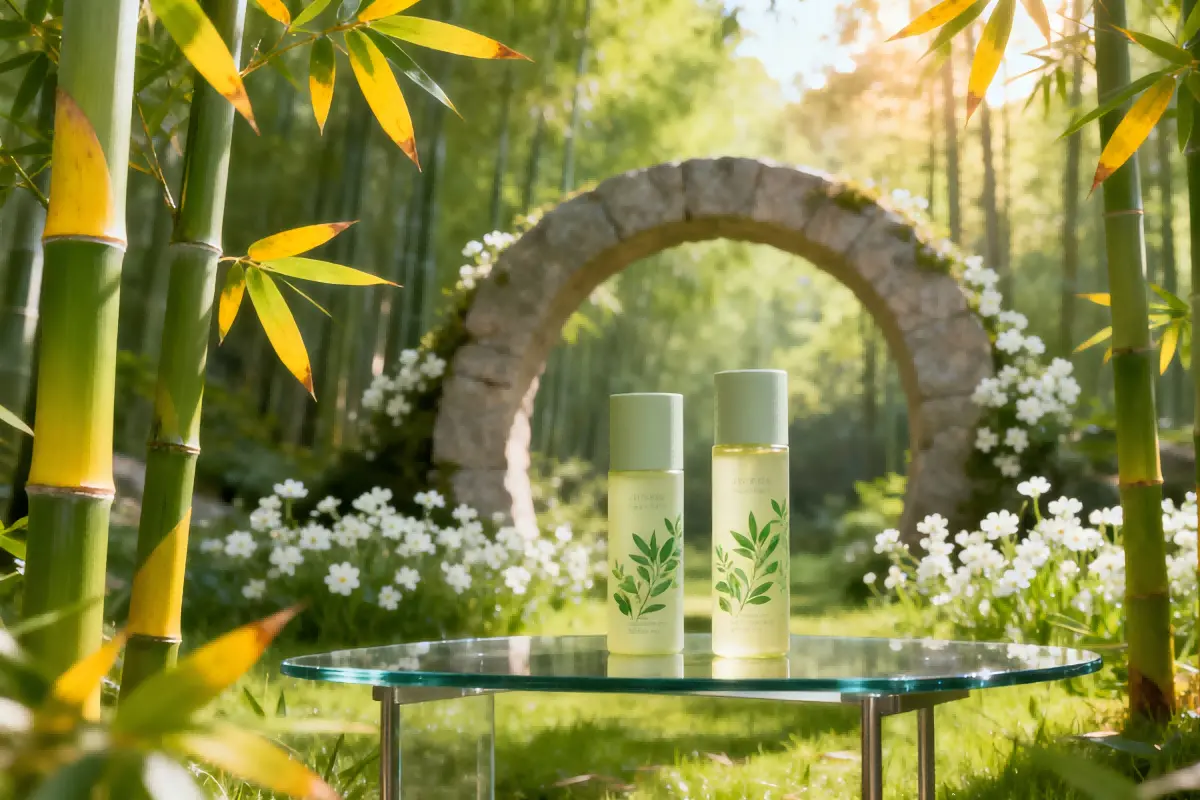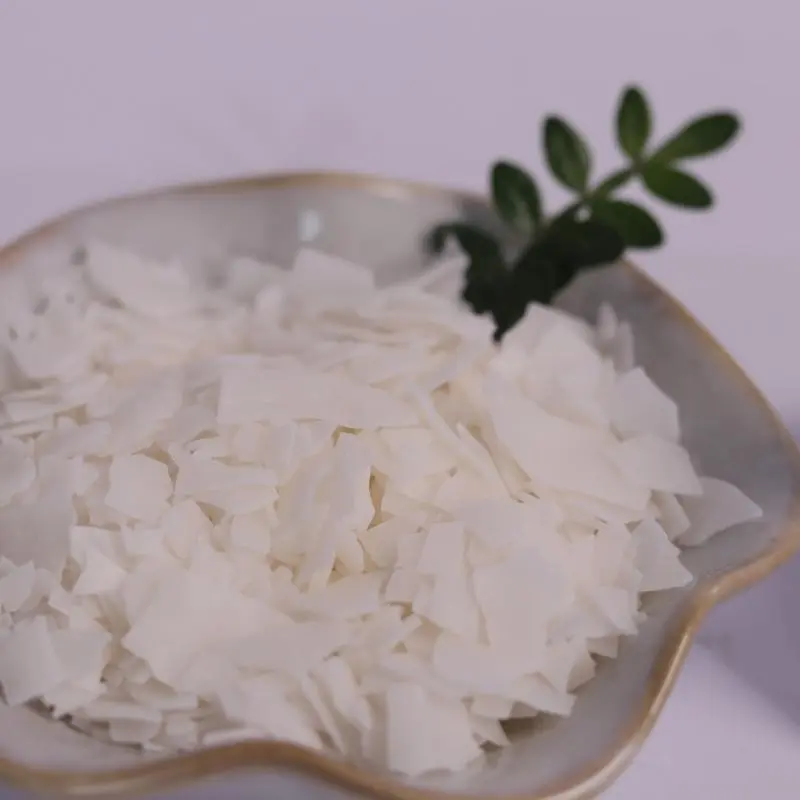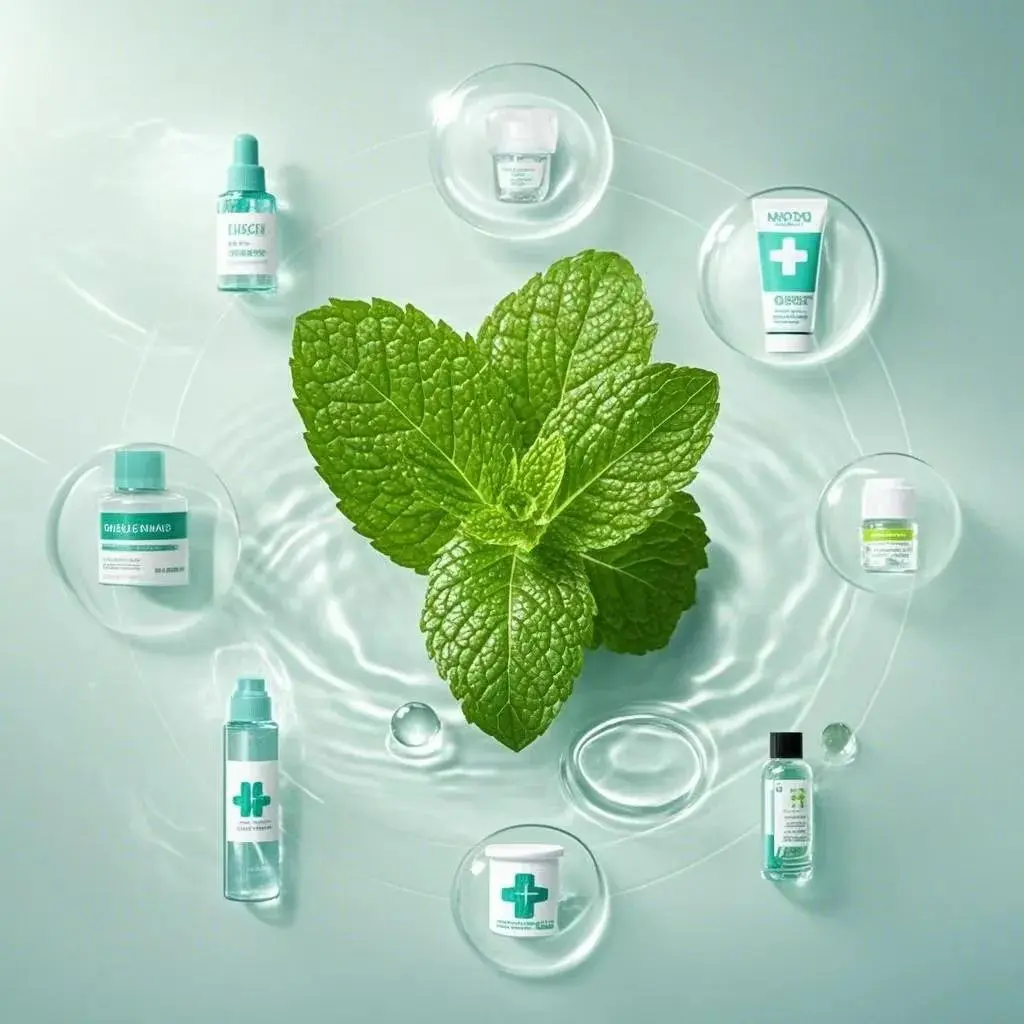Application and market analysis of amino surfactants
Amino acid surfactant is a surfactant based on biological substances, which has excellent surface activity, low irritation, good biodegradability, good antibacterial properties and so on. It has been widely used in cosmetics.
Classification of amino acid surfactants in cosmetics:
There are many kinds of amino acid surfactants and their properties are different, but they have some common characteristics. Compared with other types of surfactants, they have excellent surface activity, biodegradability and biosafety. In the past, they have strong bactericidal properties.
Amino acid surfactants are the general term of compounds with amino and carboxyl groups. According to the difference between amino and carboxyl groups, there are five common amino acid surfactants in cosmetics, such as sarcosine, glutamate, glycine, alanine and methyl taurine.
♥ Sodium lauroyl sarcosinate is available in two forms: a light yellow liquid (30% concentration) and a white solid powder (95% concentration), both with a distinctive odor. It is less irritating to the skin and has a mild degreasing effect. The compound is soluble in water, ethanol, or glycerol-based alcohol solutions.
♥ The glutamate salts commonly available on the market are sodium lauroyl glutamate, potassium lauroyl glutamate, and sodium cocoyl glutamate liquid with 30% content, and sodium lauroyl glutamate, sodium cocoyl glutamate, and sodium myristoyl glutamate powder with 95% content.
♥ The common glycine salt on the market is 30% sodium cocoyl glycinate, potassium cocoyl glycinate liquid, and 95% sodium cocoyl glycinate, potassium cocoyl glycinate powder.
♥ Sodium Cocoyl Alaninate, commonly available on the market, is a 30% liquid formulated from natural ingredients. It features mild properties, strong resistance to hard water, and is easily biodegradable with no environmental impact. The product delivers abundant, stable, and elastic foam, making it an excellent cleanser for facial, bath, and baby care products.
♥ The commonly available form of methyl taurine on the market is a liquid formulation of sodium cocoyl methyl taurate or sodium taurine cocoyl methyltaurate, containing 30% active ingredient. This product demonstrates superior foaming and foam stability across a wide pH range, serving as a gentle cleansing agent with minimal skin irritation. It effectively nourishes hair and scalp while leaving them with a moisturized feel.
Properties of amino acid surfactants in cosmetics:
♦ Good surface activity: Similar to conventional surfactants, amino acid-based surfactants demonstrate excellent emulsifying, moisturizing, solubilizing, dispersing, and foaming properties. Research indicates that the foam height of 0.05% sodium cocoyl methyl taurate in hard water conditions (1500 mg/kg) is nearly identical to that in pure water conditions, both reaching approximately 1700 mm.
♦ Environmental friendly, healthy and safe: Amino acid-based surfactants demonstrate exceptional biodegradability, biocompatibility, and high safety, as they can be enzymatically degraded into fatty acids and amino acids within the human body. Researchers conducted subacute toxicity tests, chronic toxicity studies, and mucosal irritation tests on laboratory mice and rabbits. The results showed that N-acyl amino acid sodium exhibits significantly lower irritation than sodium lauroyl sulfate and demonstrates superior safety.
♦ Strong antibacterial ability: Due to the presence of hydroxyl groups or unsaturated bonds in the acyl chain, amino acid surfactants exhibit bactericidal effects, with their antibacterial activity increasing with the number of hydroxyl groups and the degree of unsaturation. Studies on N-acyl amino acid surfactants demonstrated effective antibacterial activity against Staphylococcus aureus, Pseudomonas aeruginosa, and Escherichia coli, while investigating pH's influence. Results showed that these surfactants maintained strong antibacterial activity against all three pathogens, though their efficacy decreased when pH exceeded 6.
Application value:
Amino acid-based surfactants, widely used in daily chemical products, demonstrate exceptional moisturizing, foaming, antibacterial, anti-corrosion, and anti-static properties. These non-toxic, skin-friendly compounds break down into amino acids and fatty acids, causing minimal environmental impact. Their excellent compatibility with other surfactants enables broad applications in cosmetics like facial cleansers, shower gels, and shampoos. This has established amino acid-based green daily chemical products where amino acids serve as the primary cleaning agent.

